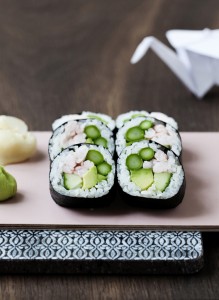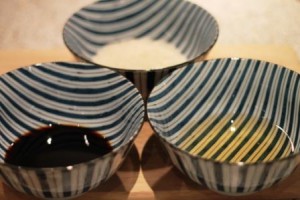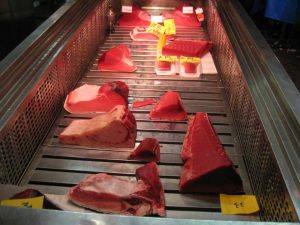
Mackerel is a fish that is very popular in Japan.
In Denmark, mackerel is most often eaten as smoked pepper mackerel. A freshly smoked pepper mackerel tastes great.
In Japan, fish is not smoked in the same way as in Denmark. The Japanese prefer to eat fresh fish cooked in several different ways.
Mackerel is a fish that the Japanese especially enjoy in the fall. All fish have a cycle and mackerel is an autumn fish in Japan.
It is a fish that is suitable for sushi.
It is a fish that is not eaten without any kind of preparation. It is always put in rice vinegar and marinated before being used for sushi.
It is also a fish that is enjoyed in traditional Japanese cuisine. The whole fish with head and tail is grilled. It is also served that way. As a guest, you sit with chopsticks and separate the fish and eat the meat.
Read more about Sushi course for beginners
_
Zoë has lectured and held sushi courses for A. P. Moller – Maersk, Hugo Boss Nordic, Novo Nordisk, Novartis, Velux, Gorrissen Federspiel, Beierholm revision, Elbek & Vejrup and many more.








